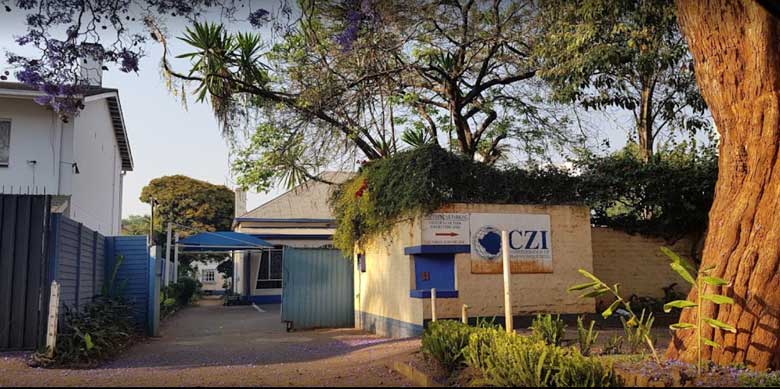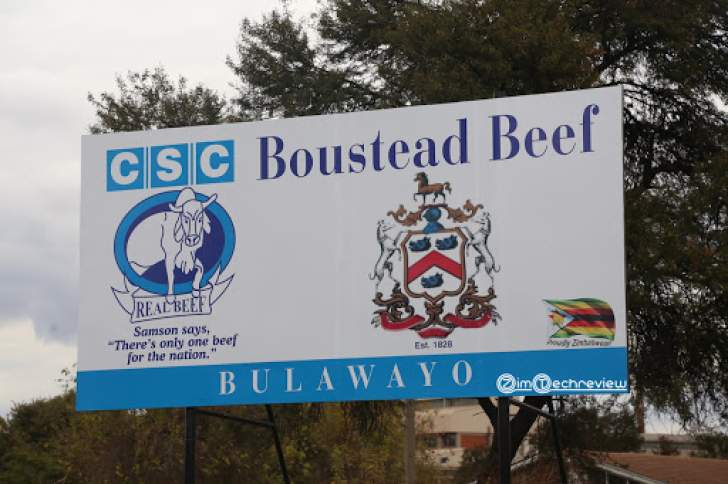
BY SHAME MAKOSHORI
ZIMBABWE Stock Exchange-listed nickel producer Bindura Nickel Corporation (BNC) saw its sales volumes return to four digit figures during the quarter ended June 30, 2021 as offshore shipments resumed after last year’s bold step to suspend trade and pursue favourable deals, the firm said in a trading update Friday.
Volumes rocketed to 1 153 tonnes during the review period after hitting a 27 tonne low during the comparable period in 2020, company secretary Conrad Fungai Mukanganga said, as he projected steeper surges to 1 687 by the end of the 2022 second quarter.
He said BNC concluded a fresh deal with Zopco SA, a Switzerland domiciled offtake partner, in place of its long-running agreement with global commodities giant Glencore, which also hails from Zurich.
“Sales tonnage for the quarter ended 30 June 2021 was significantly higher than the tonnage sold in the quarter ended 30 June 2020,” Mukanganga said.
“In the latter period, the insignificant sales tonnage was attributable to the temporary suspension of sales, which was necessitated by the need to conclude a more favourable new off-take agreement with Zopco SA, a Switzerland based trading house, in place of the agreement with Glencore.”
Trading was boosted by rocketing international nickel prices, which averaged US$17 343 per tonne during the review period, compared to US$12 197 during the comparable period last year.
Mukanganga projected a big rise in milled ore output during the second quarter of 2022 after completing a crucial shaft re-deepening programme at Trojan Mine.
- Chamisa under fire over US$120K donation
- Mavhunga puts DeMbare into Chibuku quarterfinals
- Pension funds bet on Cabora Bassa oilfields
- Councils defy govt fire tender directive
Keep Reading
The miner saw output surge to 95 518 tonnes during the quarter ended June 30, 2021 following a production ramp up that kick off after bringing back the re-drilled shaft online from April.
Mukanganga said with the fresh capacity output would be robust in the coming quarter, rising to 164 871 tonnes of milled ore by the second quarter of next year.
“During the period March to April 2021, a planned production stoppage came into effect to facilitate the completion of the Shaft Re-deep Tie-in Project, as well as the refurbishment of major components of the concentrator plant. Both were successfully completed,” Mukanganga said in the trading update.
“Production resumed at the end of April 2021, following the commissioning of these projects.
“Despite there being no production for most of April 2021, tonnes milled in the quarter under review, were marginally higher than for the comparative period in FY (financial year) 2020.
“This was due to the loss of production during the latter period, occasioned by the operational restrictions imposed by the government in response to the advent of the Covid-19 pandemic, coupled with the unavailability of massives in the production mix, which were in turn attributable to lagging development.
“Head grade, at 1,45%, was marginally lower than in the prior year.
“The capital expenditure which has been directed towards the replacement of ageing and obsolete mobile underground mining equipment is expected to lead to the attainment of the Company’s forecasts for the financial year ending 31 March 2022.”
Mines, like many other industries, were last year crippled by the outbreak of the Covid-19 pandemic, which forced government to roll out hard lockdowns between April and October, as the battle to combat a deadly spread kicked off.
While the mining industry was classified among essential services, serious disruptions in global supply chains grounded many as export markets briefly collapsed, which raw material and equipment import routes closed as people headed back to the comfort of their homes.
The pandemic has continued with deadly precision through a string of emerging variants, but governments including in Zimbabwe, are slowly learning to live with it, and have been taking bold steps to reopen their economies.










